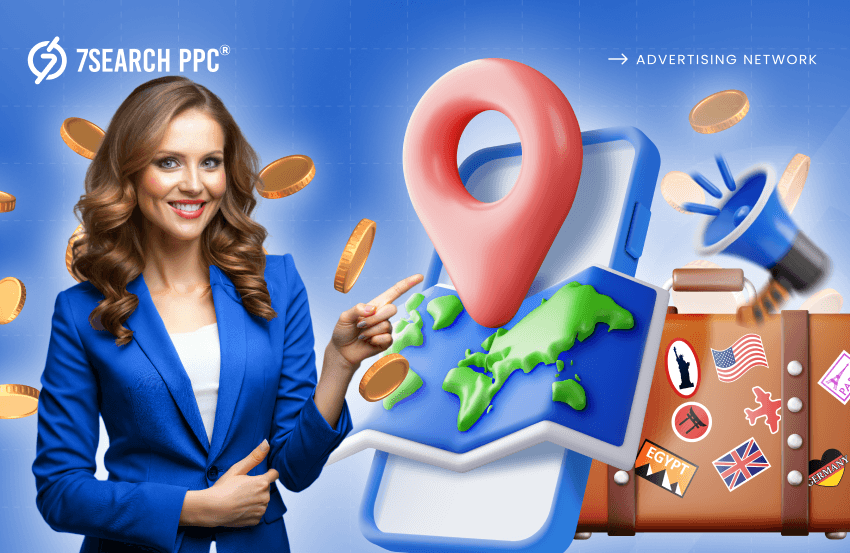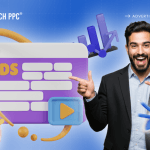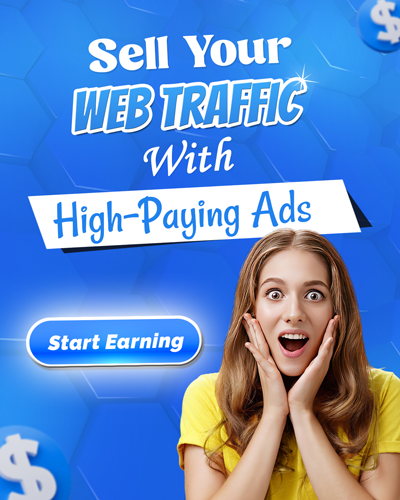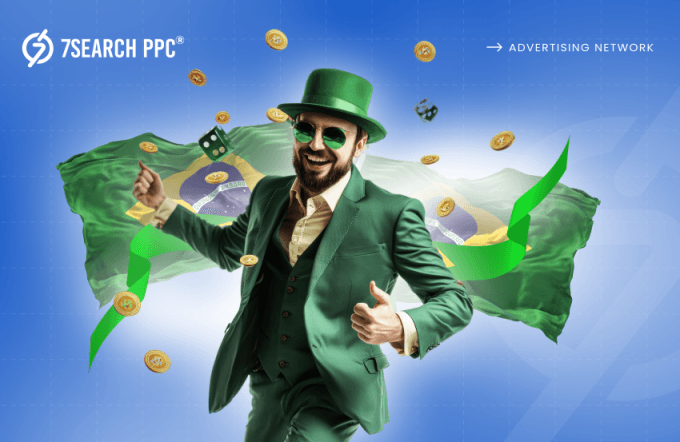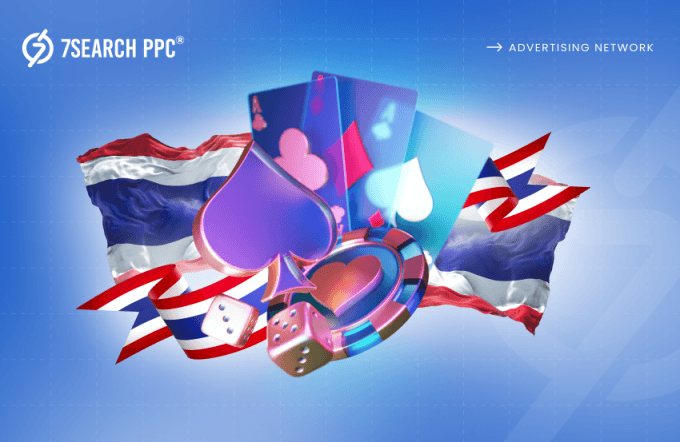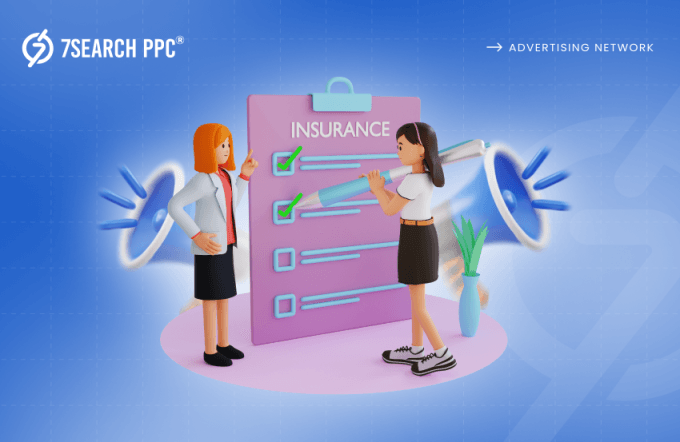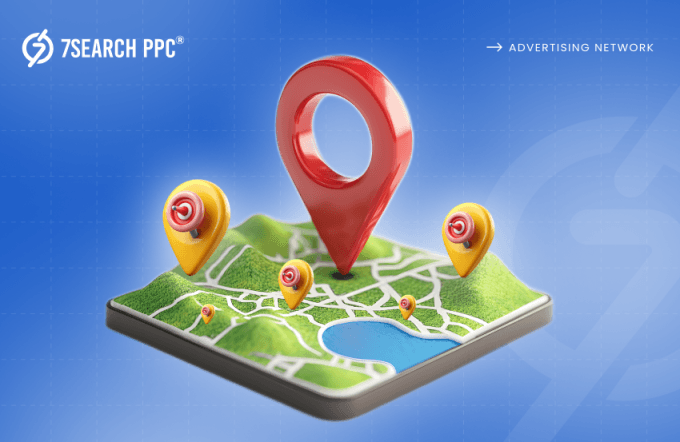Do you ever feel the urge to travel when you see pictures of beautiful destinations in an online ad? Travel advertisers aim to capture this magic in their tourism marketing campaigns. However, in today’s digital world, simply using static images is not enough to make an impact. Advertisers need to tailor their messages by using the right ad format to attract customers and turn clicks into bookings.
Let’s look at some crucial data.
The global Travel and Tourism industry is expected to witness a notable rise in revenue in the upcoming years. According to reports, the revenue is expected to reach US$927.30 billion by 2024, with an annual growth rate of 3.47%. This is expected to reach a market volume of US$1.063.00 billion by 2028.
As an advertiser, if you want to take advantage of this growing market, you have to be careful when choosing an ad advertising format for your campaign. So, what is the perfect ad format for your travel ad campaign? No, we are not going to reveal it here.
In this blog, we will tell you about the ad format that can help travel businesses thrive and succeed. So, get ready to become a travel marketing expert and learn how to turn your travel business into a prosperous empire.
Tourism Marketing: How It Works?
Suppose you are planning a trip and use a search engine (Google) to find the best “Travel Business” to make your trip memorable. In a few seconds, you get organic and paid results in front of your eyes. Each post convinces you to explore their unique offerings and book your trip with them for an unforgettable experience. That’s the power of tourism marketing.
It is all about promoting destinations and travel services to convince people to visit a particular place. It is like any other kind of marketing but targeted toward travelers. This type of marketing can be done by Countries, Regions, Cities, or even individual businesses.
For example- Dubai launched a “The Only In Dubai” campaign. It aims to provide tailored, authentic, and world-class end-to-end travel experiences for different tourist segments.
The goal is to attract tourists by highlighting what makes a place special and catering to potential visitor’s interests. This is done through various marketing strategies like;
- PPC Advertising
- Social Media Marketing
- Search Engine Marketing
Advantages Of Tourism Marketing
Tourism and Travel Marketing provide various advantages from an advertiser’s perspective. Here are some of the key advantages;
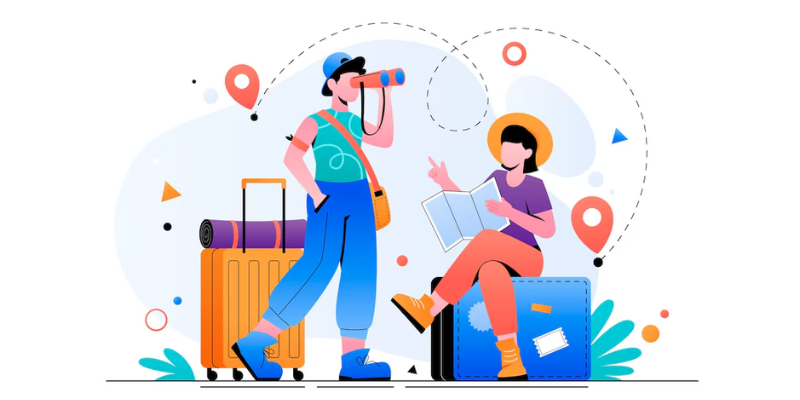
Enhance Brand Visibility
One of the main advantages of tourism marketing is increased visibility. Marketing efforts help businesses gain visibility around the customers who are actively looking for this kind of service. It makes people familiar with the travel brand and makes travel businesses a desirable travel option.
Targeted Customer Acquisition and Retention
Tourism marketing plays a pivotal role in helping businesses engage their desired audience and achieve a greater return on investment. By using online ads like PPC, they can target exactly who they want based on;
- Age
- Interests
- Travel Preferences
Additionally, they can retain customers by offering loyalty programs and sending them emails.
Builds Emotional Connection
If we leave aside the sudden plan of journeying from one destination to another, most travel plans are based on emotions and desires. Some sudden plans only happen when;
An urgent matter at work arises, such as a deadline for a big project or an important meeting, and we may need to make an unexpected trip to address it.
If a family member falls ill or requires assistance, we may need to adjust our travel plans to be there for them.
Tourism marketing works well in building emotional bonds with audiences. It leverages this by creating campaigns that evoke feelings of;
- Excitement
- Relaxation
- Adventure
- Luxury
By connecting with people on an emotional level, advertisers can leave a lasting impression and influence their travel choices.
Partnership Opportunities
You might see various ads where a travel brand promotes a package for travelers that includes a Hotel stay, Food, and a Free visit to a listing destination. These types of companies partner with hotels, restaurants, and tourist attractions.
Tourism marketing not only attracts tourists but also invites various companies to collaborate for mutually beneficial partnerships. These partnerships can offer exclusive deals or packages for travelers. This collaboration enhances their overall travel experience while driving business growth for all partners involved.
Cost-Control
Travel businesses are known for their low profit margins. Advertisers who are linked to this business can’t afford to spend a lot on marketing efforts. Online tourism marketing provides a broader range of cost-effective options when compared to traditional marketing methods.
PPC tourism advertising and social media marketing are online marketing methods that can save advertisers costs but also provide the desired results. This enables advertisers of all scales to engage in promoting travel-related services and tourism destinations.
Boundless Opportunities For Travel Businesses Through Native Ads
Friends, the time has come to uncover the best ad format that is perfect for the market travel business; its name is native ads. It is one of the best ad formats in our ad network, 7Search PPC, and it performs well for both the new travel business and the existing ones.
The one thing that makes this ad format superior is its non-disruptive nature. It blends seamlessly into the content that users are already consuming. This creates a less disruptive and more engaging experience for the users.
Here is an example- If someone is reading an article about “Top Holiday Destinations For Families,” a well-crafted native ad showcasing a beautiful family resort with captivating visuals and enticing descriptions would naturally grab their attention without feeling like a forced sales pitch.
How Native Ads Outperform Display Ads?
Native ads typically outperform display ads due to their ability to merge perfectly with the platform’s content where they are displayed. Here are some reasons why native ads tend to perform better;
Conversion Rates
Determining an accurate conversion rate for native ads can be a challenge, as it depends on various factors such as industry, ad format, audience, and landing page quality. But, research suggests that native ads usually do better than regular display ads. According to some sources, native ads can boost conversion rates by about 23% compared to standard display ads (Watauga Group).
Click-through Rates (CTRs)
Native ads typically have higher click-through rates (CTRs) than display ads. Benchmarks indicate that display ads have an average CTR of around 0.3% to 0.5%, while native ads can reach an average of 0.80% (Twelve Three Media). This means that native ads are eight times more prone to being clicked on than display ads.
Success Rate
The effectiveness of a native ad campaign can be determined by several factors, but a high CTR (click-through rate) is a good indicator of its performance. Other important metrics to consider include CPC (cost-per-click) and ROAS (return on ad spend).
We asked our clients about this and found that the success rate of native ad campaigns at 7Search PPC is higher than that of other ad campaigns. Our clients attained their specific goals through native ad campaigns, such as generating brand awareness, leads, or sales.
Less Intrusive
Native ads are less intrusive than display ads as they do not disrupt the user experience. This makes them more effective for tourism marketing as users are more likely to click on something that appears relevant to the content they are consuming. As a result, native ads generally have higher engagement rates.
Other Ad Formats That You Can Utilize At 7Search PPC For Tourism Marketing
Choosing an ad format for travel marketing involves many factors. If you are already utilizing a native ad format and are seeking other ad formats to explore broad reach and engagement, 7Search PPC never lets you down. Our ad networks offer a variety of ad formats that perfectly suit tourism marketing. Here is the list of ad formats (beyond native ads).
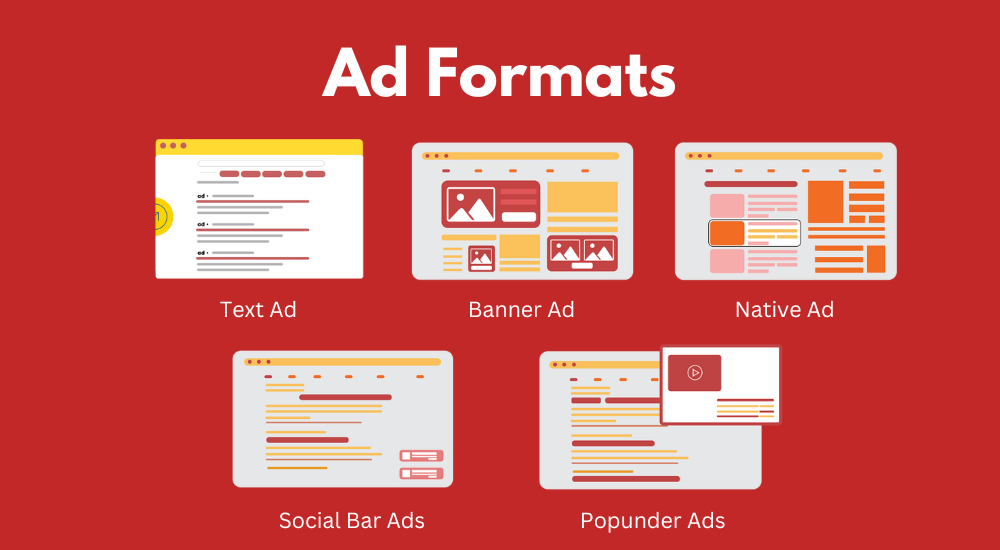
Text ads
Text ads are short online ads that usually consist of headlines, descriptions, and a website link. These ads are shown on search engines and 7Search PPC’s partner websites, which means that advertisers can reach travelers who are actively searching for travel information. They can take advantage by targeting specific keywords, such as “Beach Vacation” or “Summer Holidays.
“When a user searches for these terms, the advertiser’s ad can appear at the top of the result page, which can help capture the traveler’s attention at the exact moment they are planning a trip.
This targeted approach, with a clear call to action like “Book Now” or “Limited Time Offer,” can drive bookings and website traffic for travel businesses.
Banner Ads
Banner ads are a category of online ads that appear as rectangular images on websites. They can be either still or animated and often showcase attractive travel destinations or deals. Travel advertisers who use banner ads at 7Search PPC have several benefits.
•Banner ad campaigns provide high visibility and can reach a large audience across many different websites. This enhanced exposure helps to build brand awareness and keeps your travel brand at the forefront of potential customer’s minds.
•At 7Search PPC, we understand the importance of customization. That’s why we offer a selection of six banner sizes, allowing advertisers to choose the perfect fit for their tourism marketing campaign.
- Square (250×250)
- Medium Rectangle (300×250)
- Main Banner (468×60)
- Leaderboard (728×90)
- Wide Skyscraper (160×600)
- Half Page (300×600)
In-Page Push Ads
In-page push ads are a type of web banner that mimics pop-up notifications. These ads do not require user permission and appear directly on the publisher’s website. This format offers excellent visibility across all devices. For travel advertisers, in-page push ads are a smart way to draw attention to deals and promotions.
Suppose a user is browsing a travel blog, and an in-page push ad appears, showcasing a last-minute luxury escape to a beach destination they were previously searching for. This highly targeted tourism marketing approach can catch the attention of travelers who are actively planning trips. It generates interest among your ideal audience and encourages them to click for special offers.
Popunder Ads
Popunder ads are a variant of online advertising that quietly opens a new window behind the user’s current browser tab. Unlike pop-up ads, users only see them after closing the original window. This makes them less intrusive but still effective. For travel advertisers, popunders can be an excellent way to target users who are already browsing travel-related content.
By strategically placing their ads behind travel blogs or websites, they can capture the attention of users who might be in the research phase of trip planning. This can lead them to consider the advertiser’s destination or travel deals.
Conclusion
Travel and tourism is a growing industry, and advertisers can take advantage of this by using the ideal ad format to reach their target audience. Native advertising is a smart option for travel marketing because it blends in with the content users are already consuming.
Other ad formats include text ads, banner ads, native ads, in-page push ads, and popunder ads, which can also be effective for tourism marketing. By using various ad formats at 7Search PPC and targeting your ads carefully, you can increase your brand awareness, generate leads, and drive bookings.
Frequently Asked Questions (FAQs)
What is tourism marketing?
Ans. Tourism and travel marketing is a way of promoting destinations and travel services to persuade people to visit specific places. It is like any other marketing but aimed at travelers.
How does tourism marketing work?
Ans. Tourism and travel marketing work by showcasing what makes a place special to attract tourists. It’s done through strategies like PPC advertising, Social Media Marketing, and Search Engine Marketing.
Why is online tourism marketing advantageous?
Ans. Online tourism and travel marketing enhance brand visibility, help target and retain customers, build emotional connections, offer partnership opportunities, and provide cost-effective advertising options.
How does native advertising benefit travel businesses?
Ans. Native ads blend seamlessly with the content users are already consuming, making them less disruptive and more engaging. They typically have higher conversion rates, click-through rates, and success rates compared to display ads.
What are some other ad formats besides native ads available at 7Search PPC for tourism marketing?
Ans. Other ad formats available at 7Search PPC include text ads, banner ads, in-page push ads, and popunder ads. These formats offer various benefits, such as high visibility and lead generation.

